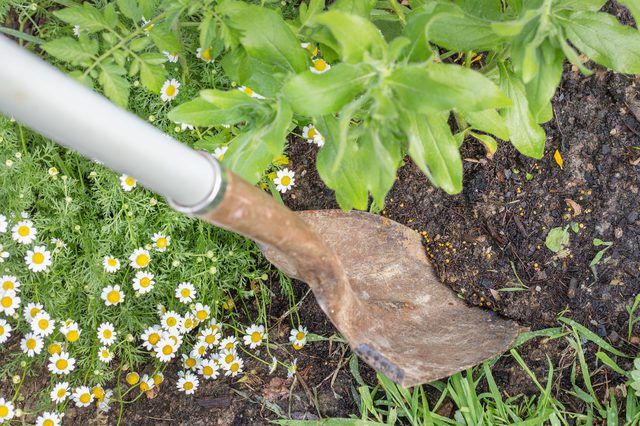Bulbs
Flower Basics
Flower Beds & Specialty Gardens
Flower Garden
Garden Furniture
Garden Gnomes
Garden Seeds
Garden Sheds
Garden Statues
Garden Tools & Supplies
Gardening Basics
Green & Organic
Groundcovers & Vines
Growing Annuals
Growing Basil
Growing Beans
Growing Berries
Growing Blueberries
Growing Cactus
Growing Corn
Growing Cotton
Growing Edibles
Growing Flowers
Growing Garlic
Growing Grapes
Growing Grass
Growing Herbs
Growing Jasmine
Growing Mint
Growing Mushrooms
Orchids
Growing Peanuts
Growing Perennials
Growing Plants
Growing Rosemary
Growing Roses
Growing Strawberries
Growing Sunflowers
Growing Thyme
Growing Tomatoes
Growing Tulips
Growing Vegetables
Herb Basics
Herb Garden
Indoor Growing
Landscaping Basics
Landscaping Patios
Landscaping Plants
Landscaping Shrubs
Landscaping Trees
Landscaping Walks & Pathways
Lawn Basics
Lawn Maintenance
Lawn Mowers
Lawn Ornaments
Lawn Planting
Lawn Tools
Outdoor Growing
Overall Landscape Planning
Pests, Weeds & Problems
Plant Basics
Rock Garden
Rose Garden
Shrubs
Soil
Specialty Gardens
Trees
Vegetable Garden
Yard Maintenance
How to Care for Coneflowers
How to Care for Coneflowers. Coneflowers (Echinacea spp.) are colorful perennials that attract birds and butterflies to your yard or garden. Available in shades of pink, purple, orange, yellow and white, the daisy-like flowers have a puffy central head that protrudes upward as the petals fold back. Coneflowers are native throughout eastern and...
Coneflowers (Echinacea spp.) are colorful perennials that attract birds and butterflies to your yard or garden. Available in shades of pink, purple, orange, yellow and white, the daisy-like flowers have a puffy central head that protrudes upward as the petals fold back. Coneflowers are native throughout eastern and central North America, growing in U.S. Department of Agriculture plant hardiness zones 3 through 9. Caring for hybrid coneflowers with regular deadheading, shearing once each season and dividing as needed will reward you with blooms for years to come.
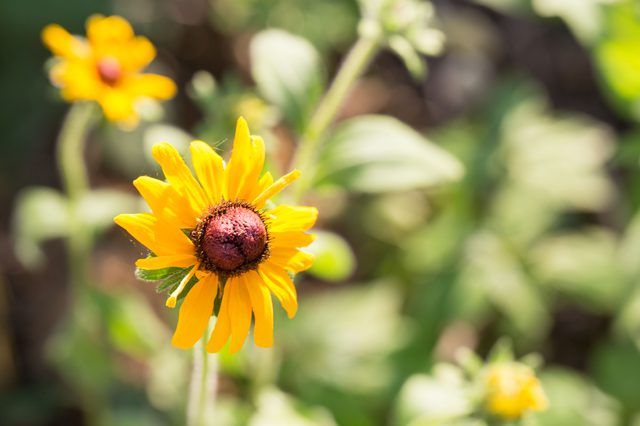
Things You'll Need
Pruning shears
Alcohol wipes
Spading fork (optional)
Shovel
Step 1
Fertilize coneflowers in the spring as new growth appears with a fertilizer low in nitrogen like a 5-10-5 blend. Spread a small handful evenly around the plant, being sure that the product doesn't touch the plant. Apply two more applications at six week intervals and always water the fertilizer into the ground after applying. Coneflowers do not require heavy feeding; a spring mulch of rich compost helps smother weeds and provides a slow release of nutrients into the soil. While native varieties are not particular about soil type, coneflowers respond to loamy or sandy soil that drains well.
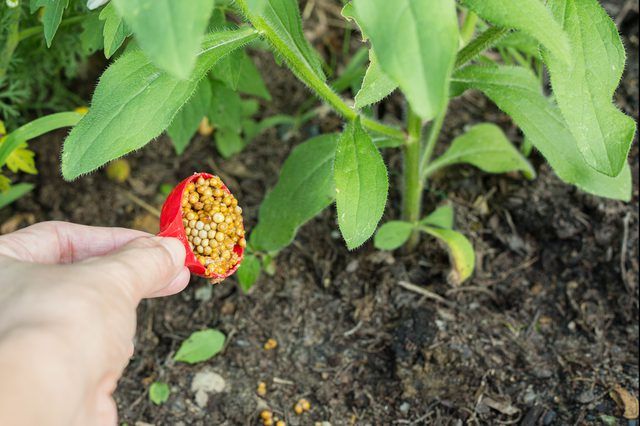
Step 2
Water coneflowers regularly during the first growing season to help establish healthy root systems. Mature coneflowers are drought resistant, preferring an open area in full sun, but consistent watering can improve blooming throughout a hot, dry summer.
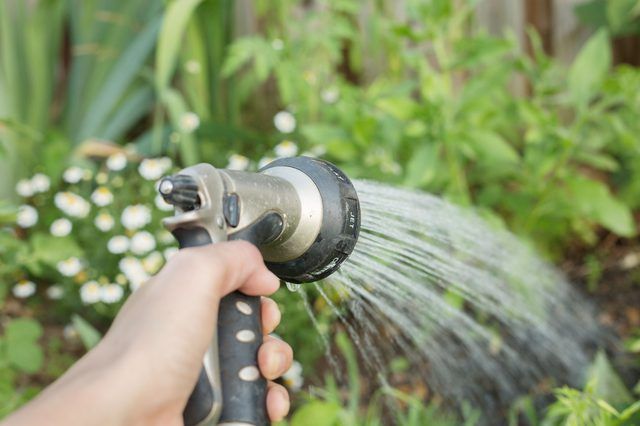
Step 3
Check the plants regularly for signs of insect damage. Although coneflowers are pest-resistant, leaf miners and Japanese beetles sometimes attack the leaves and flowers, and vine weevils may attack the roots. Dust the plants with diatomaceous earth or spray with a ready-to-use insecticidal soap to control insects. Powdery mildew, bacterial leaf spots and gray mold may be problems, especially in humid areas. Treat with a ready-to-use copper-based fungicide following the manufacturer's directions. Cover the entire foliage with the fungicide. Overhead watering can be a cause of disease spread; drip-irrigation or a soaker hose helps control soil-borne and air-borne diseases by reducing splashing. Remove diseased parts of the plant when you deadhead and dispose of them by burning or in a trash collection container. Keep diseased plant material out of the compost pile and away from healthy plants.
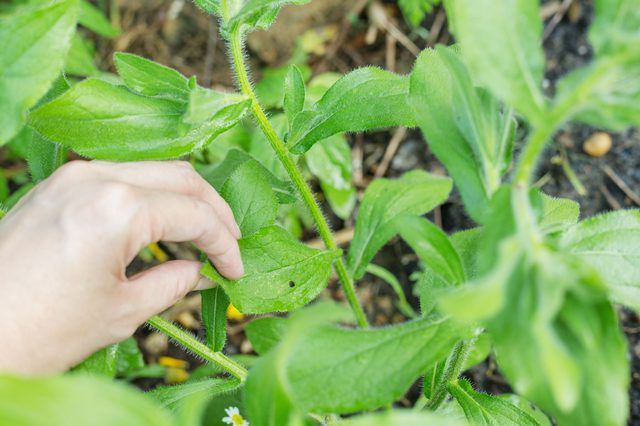
Step 4
Deadhead the coneflowers during the spring and early summer to encourage new growth in the middle to late summer. Cut off the spent blooms with garden shears as the petals begin to brown, wiping the blades with alcohol wipes between cuts to prevent the spread of disease. Cut out any dead or browning leaves to encourage fresh greenery later in the season. Leave the last spent coneflowers to dry on the plants in the fall -- the seed heads provide food for migrating and over-wintering birds and will reseed into the garden.
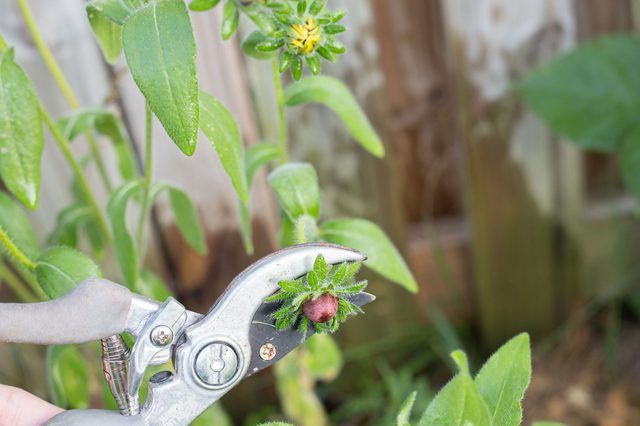
Step 5
Shear coneflowers back to about one-third of their growth during the early summer to encourage bushy growth later in the season. Shearing a plant means to cut and remove most of the greenery and all of the spent blooms and stems.
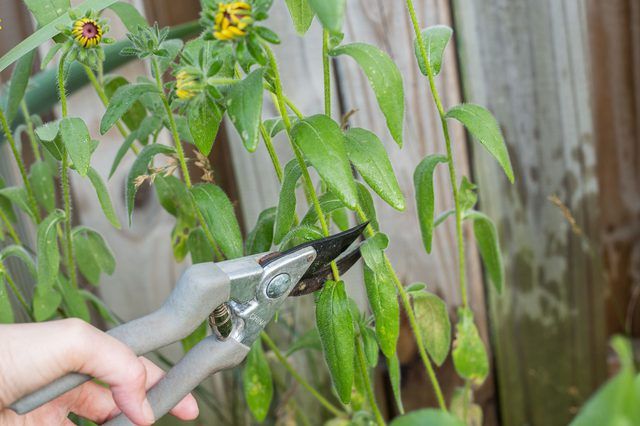
Step 6
Divide mature coneflower clumps in the spring before growth begins, or in early fall after blooming is finished. Lift the plant from the ground completely with a shovel or spading fork, being careful not to damage the roots. Set the plant on the ground with the crown facing up. Place the tip of a sharp shovel at the top of the soil and between the center leaves of the coneflower plant. Push down with the shovel to cut the plant in half. Replant one half back into the hole where it was removed, and transplant the other half in a new location. Water both new coneflower plants after dividing and transplanting. Alternatively, you may cut a large clump into several sections with a sharp shovel or a knife and transplant the sections. Sterilize the blade after each cut.
